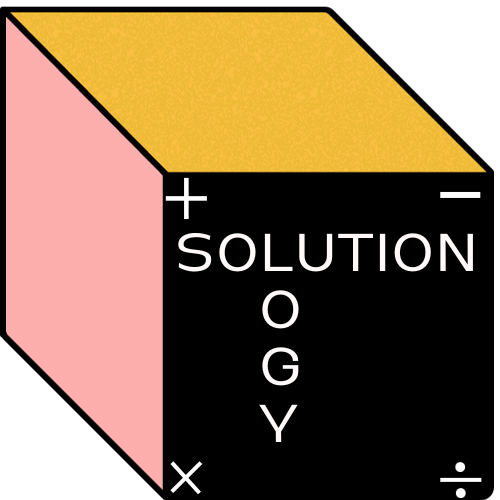John bought a used truck for $4,500. He made an agreement with the dealer to put $1,500 down and make payments of $350 for the next 10 months. The extra cost paid by taking this deal is equivalent to what actual yearly rate of interest?
To find the actual yearly rate of interest, we will follow these steps:
- Calculate the total amount paid by John over the 10 months.
- Determine the extra cost incurred by John (Total amount paid – Initial price of the truck).
- Calculate the average balance on which interest was charged.
- Determine the interest rate based on the extra cost and average balance.
Let’s go step by step:
- Total Amount Paid: Down payment: $1,500 10 monthly payments of $350: 10 × $350 = $3,500 Total = Down payment + 10 monthly payments
Total = $1,500 + $3,500 = $5,000
Total = $1,500 + $3,500 = $5,000
- Extra Cost: Extra cost = Total amount paid − Initial price of the truck
Extra cost=Total amount paid−Initial price of the truck
Extra cost=$5,000−$4,500=$500
Extra cost=$5,000−$4,500=$500 - Average Balance: At the beginning, after the down payment, John owes $3,000 (i.e., $4,500 – $1,500). Since he’s paying off the loan in equal monthly instalments, on average, he owes half of this amount over the course of the year (because the amount he owes decreases linearly to $0 over the 10 months). Therefore, the average balance is $1,500.
- Interest Rate: To find the yearly interest rate, we divide the extra cost by the average balance: Interest rate = Extra cost/Average balance
We can now calculate the actual yearly interest rate using the given numbers.
The extra cost paid by John by taking this deal is equivalent to an actual yearly interest rate of approximately 33.33%
